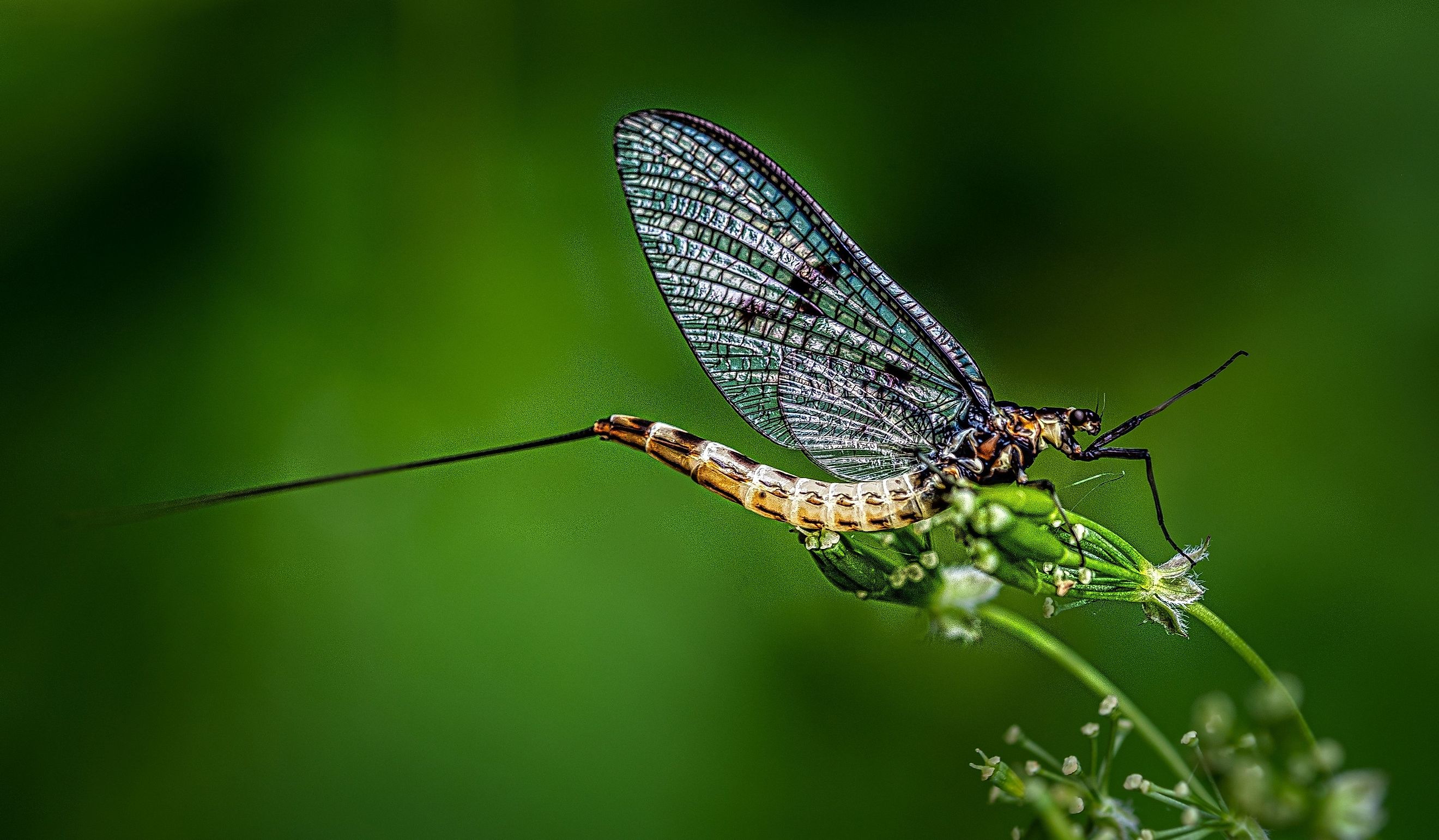
10 Animals with the Shortest Life Span
On their deathbeds, people often remark how life seems to have gone by in a flash. For us humans who, on average, live to be septuagenarians, this sentiment is purely metaphorical - even if it feels quite visceral at the moment. But for many animals on this planet, their lives really do take place in not much more than the blink of an eye. Insects, in particular, have a viciously succinct existence. Most don't live to see a new year, and sometimes they don't make it through the month, week, or even day. From a philosophical perspective, such short lifespans are headscratchers. However, from a Darwinian point of view, enough members of these short-lived species are able to reach maturity and propagate their genes, so the incorrigible biological cycle is renewed in the same way.
Before we dive into the list, I want to note that for the sake of variety, I have decided to include vertebrates that would not have otherwise edged out insects. It is also worth noting that many of the estimated ranges overlap with one another, and so this is a dynamic discussion. With that in mind, let's have a look at 10 animals with ridiculously short lifespans.
Mayfly: < 24 hours*
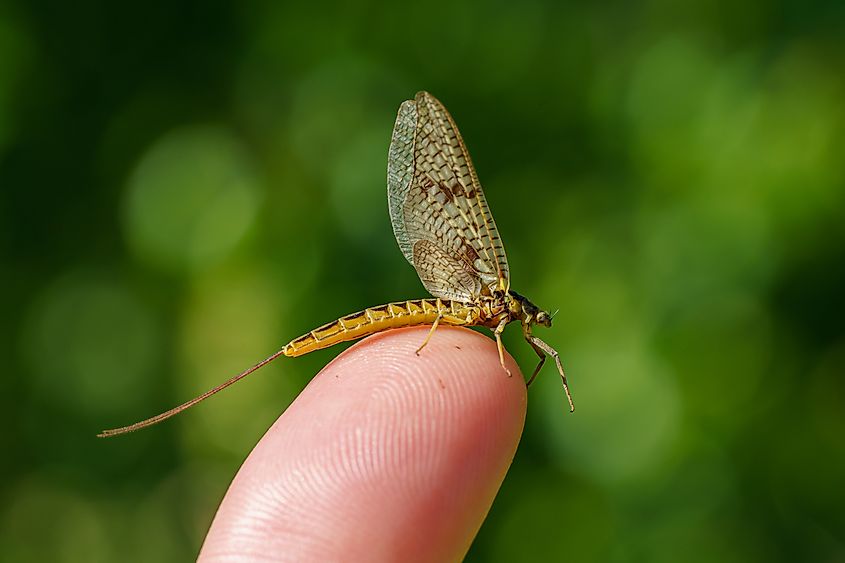
Mayflies belong to the order Ephemeroptera - an amalgamated term that traces its origin to the Greek word ephemeros, which translates as "living a day," and ptera, meaning "wings." This taxonomic classification has fed the common (mis)conception that mayflies only live for one day. Yes, if one were to observe mayflies when they emerge from their subimago phase, the action would stop after just one or perhaps two days at the most. Some mature individuals don't even make it past the 90-minute mark! However, once the scope of observation is expanded to the larval phase, then the total lifespan becomes one or two years. Nonetheless, the dramatic day-of-no-return still holds true for adult mayflies. With no digestive tract to speak of, they are tasked with nature's ultimate suicide mission.
Worker Bee: 5-7 Weeks
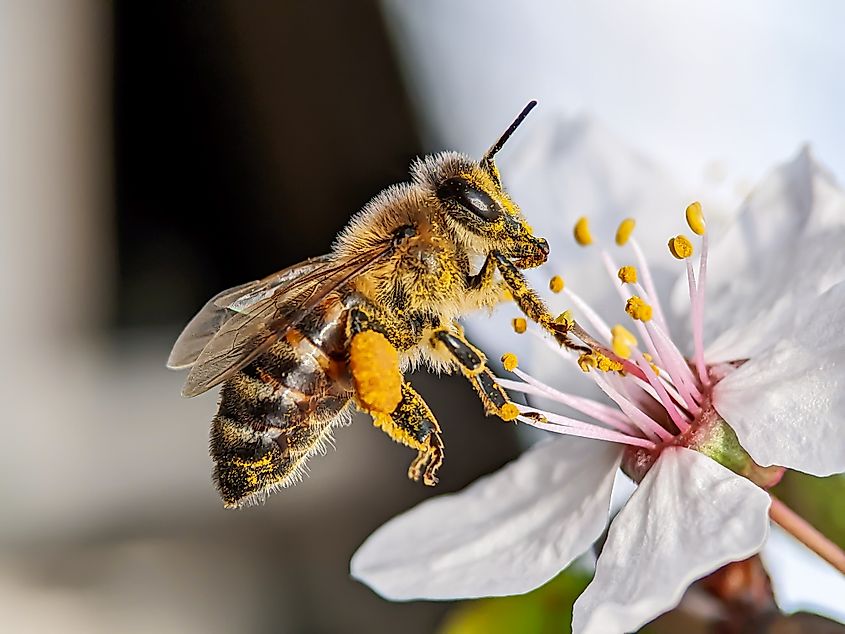
Honey bees (Apis mellifera) practice a clear hierarchy - one that not only determines their role in the hive but, ultimately, how long each faction is likely to live. The queen, whose role is predominantly to lay unfertilized eggs, lives, on average, for one to three years (but sometimes as much as five).
Drone bees, who are exclusively male, are responsible for the second half of the reproduction equation. Their lifespan depends on the outcome (but not in the direction you'd expect). After hatching from said unfertilized eggs during the swarming season (i.e., early to late spring), they set about mating with a virgin queen - an act that results in their death. Drones that return to their home base are nourished by worker bees until winter arrives, at which point they are forced out into the fatal cold in order to preserve necessary provisions for the colony.
Worker bees, who are exclusively female and are the smallest of the three castes, account for the vast majority of any hive. During the five to seven weeks they are granted on this planet, they diligently rush to accomplish any number of specialized tasks in the name of the greater good.
Pygmy Goby: 59 Days
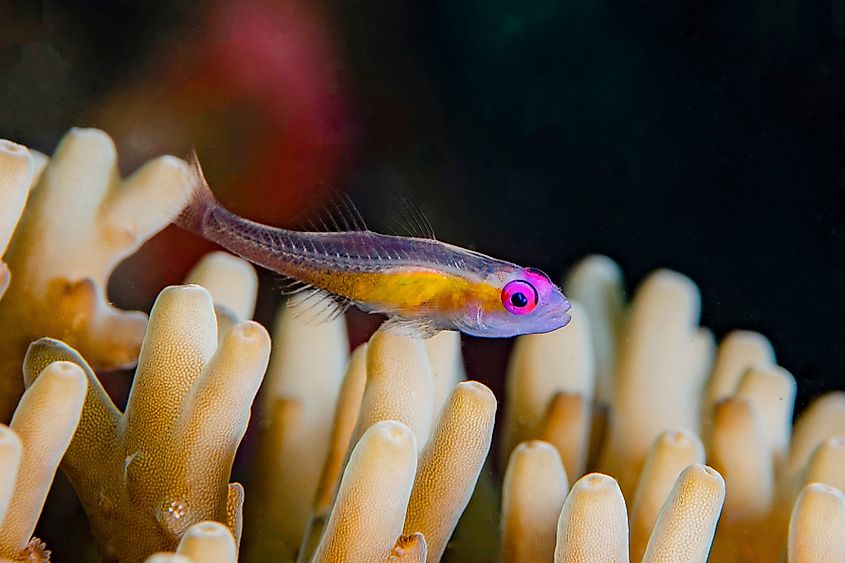
As previously mentioned, insects could easily occupy this entire list (another one is about to follow), so let us introduce our first vertebrate into the mix. According to Guinness World Records, the vertebrate, and more specifically, species of fish with the shortest lifespan is the seven-figure pygmy goby (Eviota sigillata), also known as the adorned dwarf goby or pale-cheek pygmy goby. This small and semi-translucent member of the Gobiidae family swims amongst the coral reefs of the Indian and Pacific Oceans for a maximum of 59 days. Researchers at Queensland's James Cook University were able to arrive at this threshold by counting the rings (which amass daily) on the earstones from 300 pygmy gobies.
Luna Moth: 2 Months
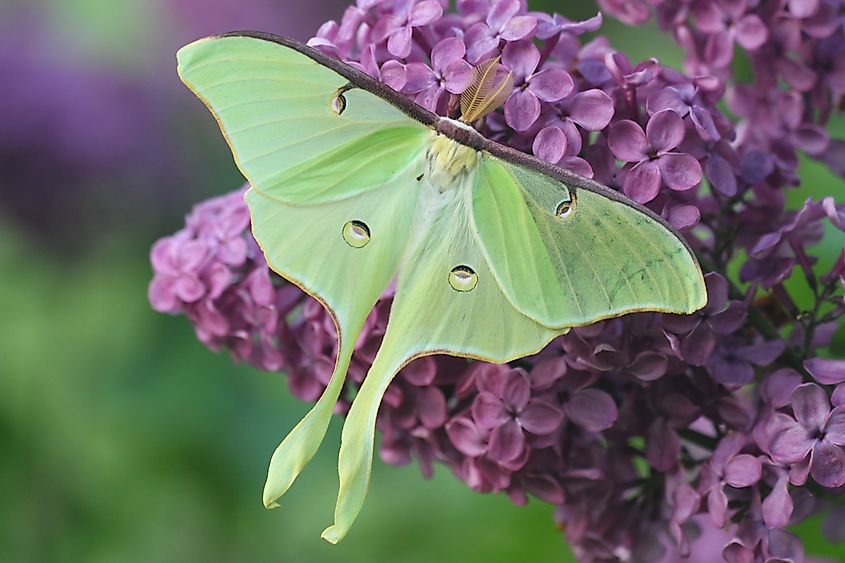
In the wild, a creature's potential lifespan is determined by a variety of unpredictable factors. But when something lacks a mouth, such as the luna moth (Actias luna), its time on earth is simply set in stone. Once the luna moth emerges from its cocoon, it is unable to consume further nutrients and will die within a week. Similar to the Mayfly story, one could splice out this final stage of metamorphosis for dramatic effect, but if the entire lifecycle is accounted for (i.e., caterpillar, cocoon, and moth phases), then this figure expands to more manageable two months. The first phase accounts for half of that duration. This is when the hungry caterpillar eats its fill of leaves from walnut, paper birch, sweet gum, and hickory trees. Next, it builds a cocoon in which to retreat and evolve over the course of three weeks. Then, upon flying forth into a new world, it has a singular goal: reproduce. Luna moths use whatever energy they are able to store up as a caterpillar to find a mate and do the deed before the caloric clock runs out.
Labord's Chameleon: 4-5 Months
![Labord's chameleon. In Wikipedia. https://en.wikipedia.org/wiki/Labord%27s_chameleon By Christopher Raxworthy - National Science Foundation [1], Public Domain, https://commons.wikimedia.org/w/index.php?curid=9531941](/r/w768/upload/eb/c3/17/furciferlabordi.jpg)
The shortest-lived tetrapod known to science is Labord's chameleon (Furcifer labordi). Native to southwest Madagascar (an arid region), these Old World lizards hatch (note: they spend the majority of their life in the embryo stage) into borrowed time. Their curious and near-uniform cycle begins with the onset of the rainy season (i.e., November). Hatchlings grow at a rapid rate and reach sexual maturity within two months. After reproducing, both sexes begin to decline. By March, the synchronous die-off of this semelparous species is complete. It may not make sense to an outside observer, but from an evolutionary perspective, this is still a demonstrably effective way of propagating genes.
African Turquoise Killifish: 4-6 Months
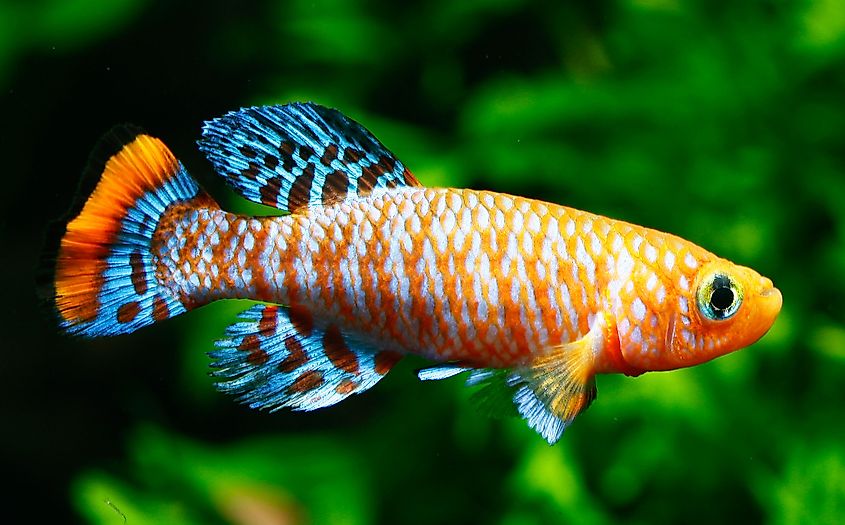
The African Turquoise Killfish (Nothobranchius furzeri) is another example of an animal whose lifespan is dictated by the seasons. Because of its niche habitat within the temporary ponds of Zimbabwe and Mozambique, the African killfish faces two options. Those born during the rainy season grow exceptionally quickly and begin breeding within two to three weeks after hatching. This group of fish, therefore, undergoes a compressed lifespan of roughly 4 to 6 months (i.e., until the water around them dries up). Embryos laid during the encroaching dry season, on the other hand, enter a period of suspended development known as diapause, in which they can safely remain for months (and possibly even years) until the pool refills. Because of its short but malleable life, scientists have studied the killifish in order to better understand the aging process in general.
Atlantic Pygmy Octopus: 4-12 Months
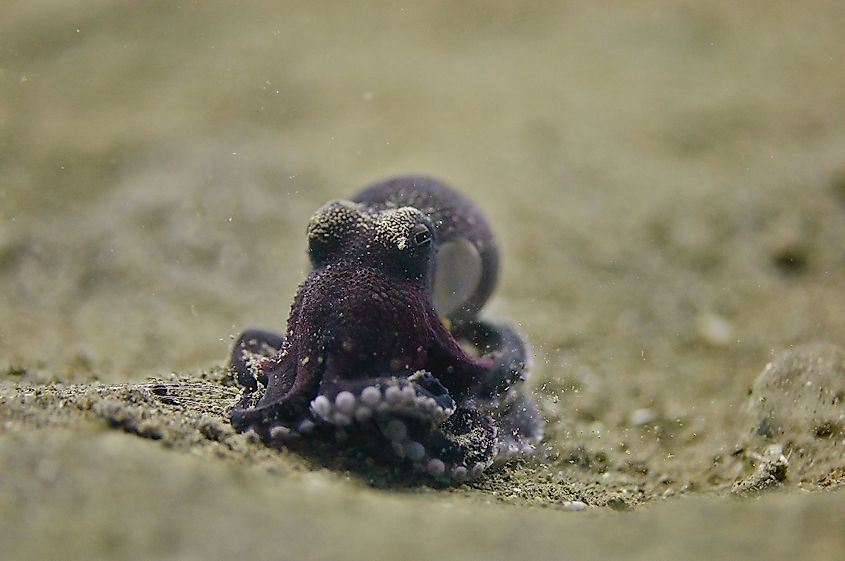
Found in the warm waters of the tropical western Atlantic Ocean (i.e., the Gulf of Mexico, Caribbean Sea, and the surrounding area - particularly the Cayman Islands), the Atlantic pygmy octopus (Octopus joubini) is both short in stature and short on time. With an average overall length of 5.5 inches (three of which are in its arms), a mature weight of just one ounce, and a preternatural ability to change color in an instant, this octopus isn't likely to hit your radar unless sought out. Like some of its short-lived peers on this list, its swift maturation process and one-and-done mating cycle means this little fellow is here for a good time, not a long time. Estimates vary, but with credible ranges of four to eight months and six to twelve months, the Atlantic pygmy octopus, on average, likely edges out our next and even smaller entrant.
Paedophryne Amauensis: 6-12 Months
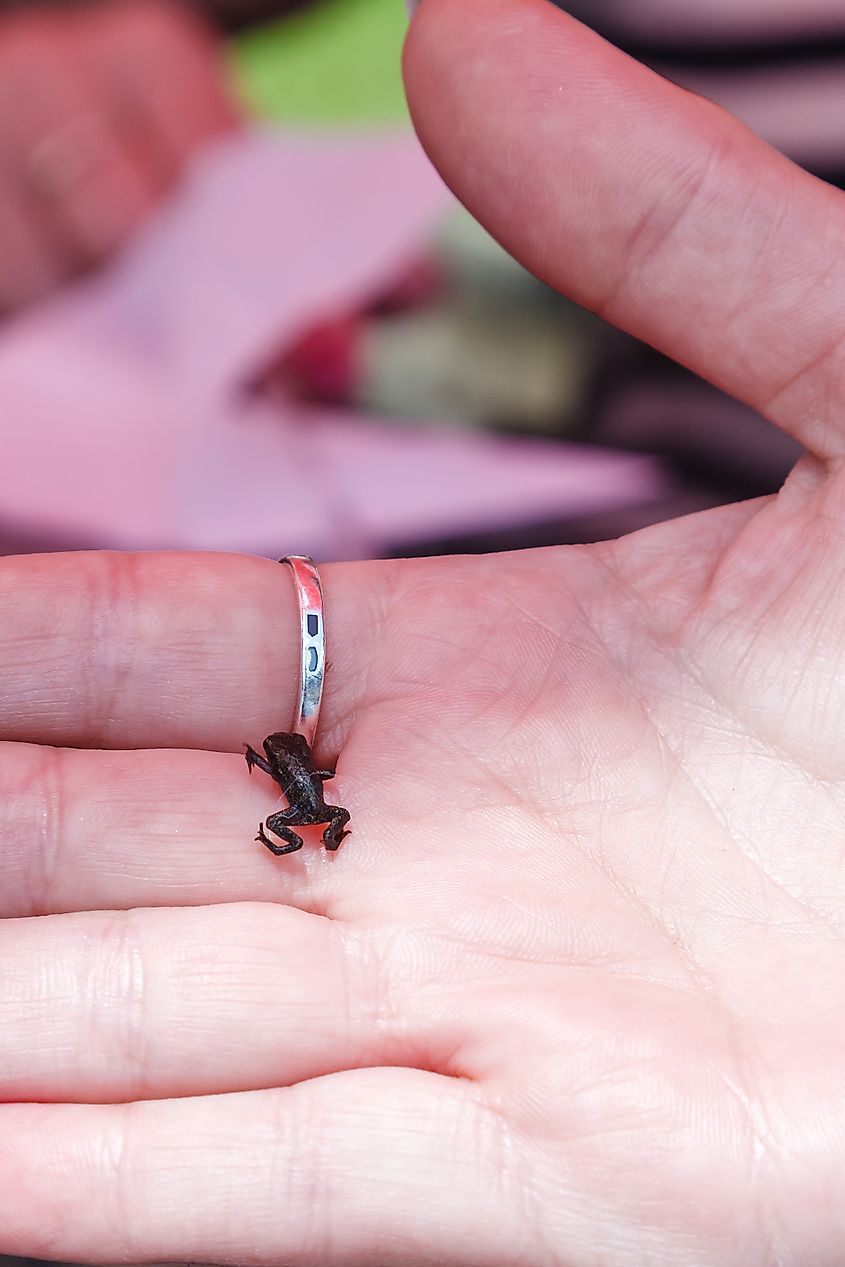
As we inch closer to the coveted one-year milestone, we must set our sights on the smallest known vertebrate. Paedophryne amauensis is a species of frog found amongst leaf litter in the rainforests of Papa New Guinea. On average, it measures a measly 7.7 millimeters long (0.3 inches), which, for reference, is less than half the diameter of a dime. Though the species was only formally identified in the 2010s (it's easy to understand how it evaded the scientific spotlight for so long), it is thought that it also experiences a tantalizingly short lifespan, similar to that of related frog species.
House Mouse: 12 - 18 Months
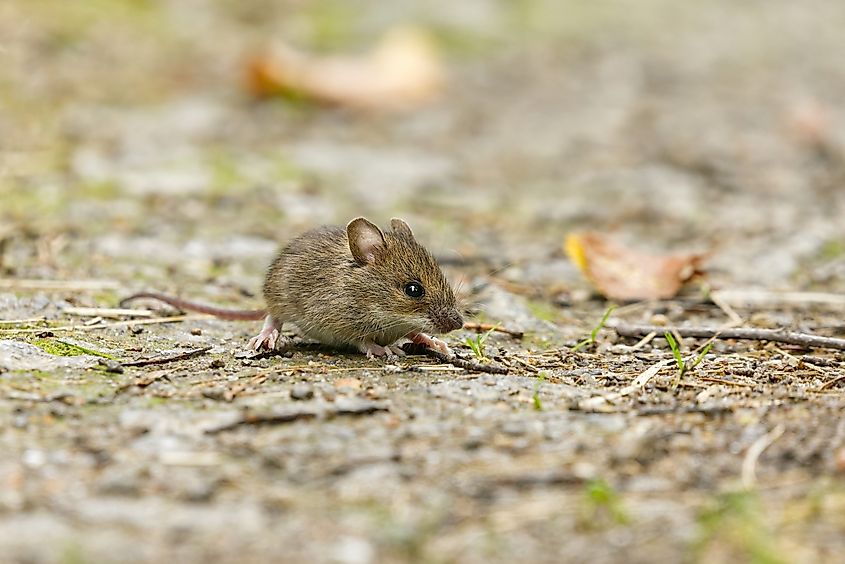
Wherever humans go, mice seem to follow. And it's no wonder why, for despite our efforts to exterminate these sneaky rodents (some prefer to call them vermin), house mice (Mus musculus) tend to live longer when they find an artificial home. Let's break down the three tiers. Mice who have been adopted as pets can live for about two years. Those who have set up shop in a human home, albeit without the consent of its residents, live between one to two years, thanks to the presence of food and comparative lack of predators. And finally, wild mice, who have to scrounge harder for their own grub and who face a regular onslaught of rats, snakes, and birds of prey, might only survive for 12 to 18 months, with many failing to reach their first birthday.
Fresno Kangaroo Rat: 10 Months-3 Years
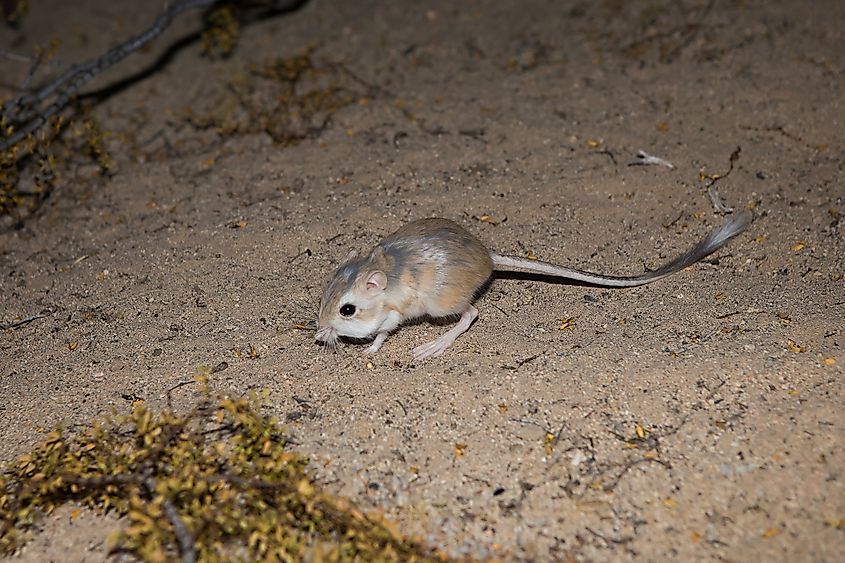
Speaking of rodents, the Fresno kangaroo rat (Dipodomys nitratoides exilis) deserves some attention. This subspecies (one of three) of the San Joaquin kangaroo rat is found only (as the name might suggest) in California's San Joaquin Valley. There, it bounds around on its hind legs (again, as the name suggests), thereby moving its small (i.e., 9 inches on average) body at an impressive pace. With a demonstrated duration of only 10 to 12 months, the Fresno kangaroo rat could actually sit one position higher on this list. However, given that it can also live as long as three years, the average lifespan may nudge out that of a wild mouse. With that said, it is worth noting that, unlike house mice, Fresno kangaroo rats have been listed as endangered since 1985.
Life is short, no matter how you spin it. Whether you're a mouthless insect trying to get your kicks before you kick the bucket or a tiny vertebrate hoping to find peace in the shadows for a season, the same fate comes for us all. What's wild is how relative it all seems. I can't imagine having only one day of sentience, but I'm sure if we could have a conversation with the 500-year-old Greenland shark or any of those millenium-spanning trees, then we, too, would feel inadequate. I guess it's all in what we do with our precious time, however short it may be.











